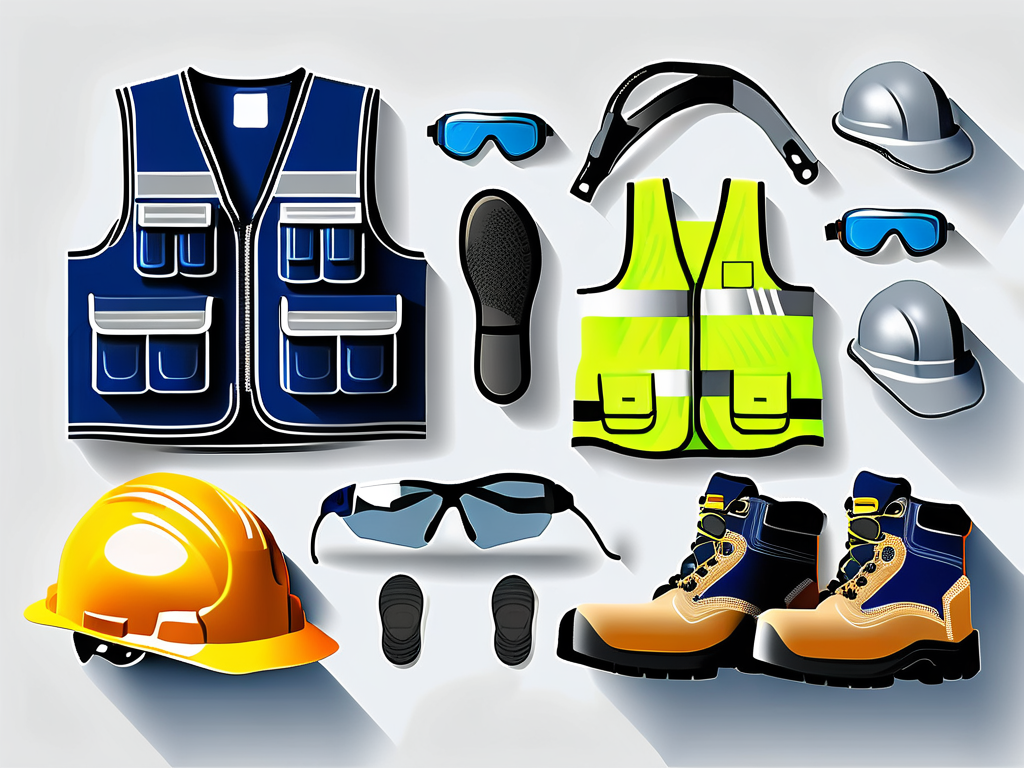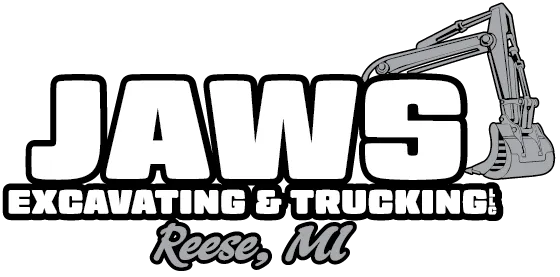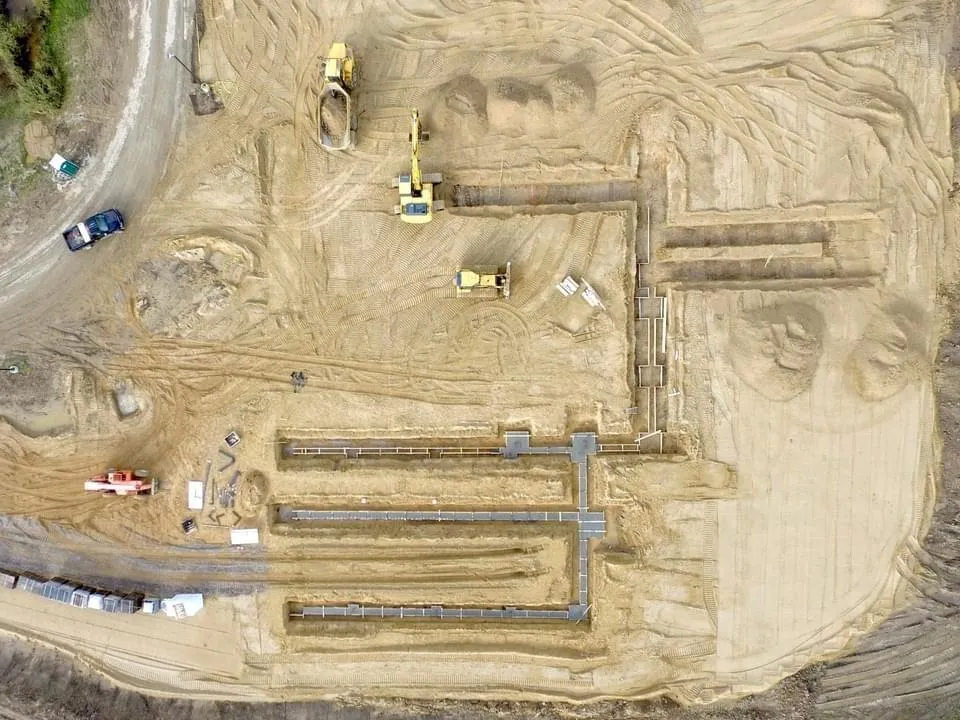
10 Essential Safety Tips for Excavation Laborers

10 Essential Safety Tips for Excavation Laborers
Working as an excavation laborer can be a fulfilling but risky job. Excavation work involves digging, moving soil, and operating heavy machinery. Without proper safety precautions, accidents can happen, leading to severe injuries or even fatalities. To ensure the safety of excavation laborers, it is essential to understand the risks associated with this type of work and the preventive measures that can be taken. In this article, we will discuss ten essential safety tips for excavation laborers that can help minimize the risks and create a safer work environment.
Understanding the Risks of Excavation Work
Excavation work involves various hazards that laborers need to be aware of in order to protect themselves and their coworkers. Here are some common hazards associated with excavation:

Common Hazards in Excavation
Excavation sites can present risks such as cave-ins, falls, struck-by accidents, and hazardous atmospheres. Cave-ins, in particular, are one of the most significant risks, often resulting in fatal consequences. Other hazards include falling objects, unstable soil, and contact with underground utilities.
It is crucial for workers to undergo proper training and be equipped with the necessary protective gear to mitigate these risks. Regular inspections of excavation sites should also be conducted to identify potential hazards and address them promptly. Safety measures such as trench boxes, shoring, and sloping techniques can help prevent cave-ins and ensure a safer work environment for all involved.
Impact of Neglecting Safety Measures
Ignoring safety measures in excavation work can have severe consequences. Accidents can lead to injuries, fatalities, and property damage. Additionally, failing to meet safety requirements can result in legal consequences and financial liabilities for both employers and employees.
Employers have a responsibility to prioritize safety in excavation projects by providing comprehensive training, enforcing safety protocols, and conducting regular safety audits. Workers must also take personal responsibility for following safety guidelines and reporting any unsafe conditions they encounter. By working together to prioritize safety, the risks associated with excavation work can be significantly reduced, creating a safer and more productive work environment for all.
Pre-Excavation Safety Measures
Prior to starting any excavation work, it is crucial to implement certain safety measures. These measures ensure that the work site is properly inspected, planned, and marked, reducing the risk of accidents or damage.

Importance of Site Inspection
Before excavation begins, a comprehensive site inspection should be conducted. This involves assessing the soil conditions, identifying any existing underground utilities, and evaluating potential risks. The inspection helps determine the appropriate safety measures required for the specific work site.
During the site inspection, it is important to consider factors such as soil stability, presence of groundwater, and nearby structures. Understanding these elements can help in determining the excavation methods to be used and the necessary precautions to be taken to ensure the safety of workers and the surrounding environment.
Planning and Marking Excavation Sites
Proper planning and marking of excavation sites are essential to prevent accidental damage to underground utilities and equipment. Clear and visible markings should be placed to indicate the boundaries of the excavation area. Adequate signage and barriers should be used to warn others and restrict access to the site.
Additionally, before excavation commences, it is important to contact the relevant utility companies to mark the locations of underground cables, pipes, and other services. This information is crucial in avoiding potential accidents and disruptions to essential services during the excavation process.
During Excavation Safety Tips
Once excavation work is underway, it is essential to maintain safety practices to ensure a secure working environment. Safety should always be the top priority on any excavation site to prevent accidents and injuries.
Excavation sites can present various hazards, including cave-ins, falling debris, and contact with underground utilities. It is crucial for all workers to be aware of these risks and to follow safety protocols at all times. Regular safety training and toolbox talks can help reinforce the importance of staying vigilant on the job.
Proper Use of Excavation Equipment
Excavation equipment, such as backhoes and bulldozers, should only be operated by trained and authorized personnel. It is important to follow the manufacturer's guidelines and safety precautions when using machinery. Regular inspection and maintenance of equipment are necessary to prevent malfunctions that could jeopardize safety.
Before starting any excavation project, it is essential to conduct a thorough site assessment to identify any potential hazards. This assessment should include a review of underground utilities, soil conditions, and nearby structures that could affect the excavation process. By understanding the site's specific challenges, workers can better prepare and implement safety measures accordingly.
Safety Measures for Trenching and Shoring
When working in trenches or excavations deeper than 4 feet, proper trenching and shoring techniques must be employed. This includes using protective systems such as shoring, sloping, or trench boxes to prevent soil collapse and cave-ins. Regular inspections of trenches are necessary to identify any signs of instability.
It is also essential to have a competent person on-site who is knowledgeable about excavation safety standards and can oversee the work being done. This individual should be able to recognize potential hazards, enforce safety protocols, and make critical decisions to protect the well-being of all workers involved in the excavation project.
Personal Protective Equipment (PPE) for Excavation Laborers
Excavation laborers must wear appropriate personal protective equipment (PPE) to minimize the risk of injury. Ensuring the safety of workers in excavation sites is paramount, and the right PPE plays a crucial role in safeguarding against potential hazards.

Excavation sites are dynamic environments with various risks, including falling debris, visibility challenges, and sharp objects. Therefore, having the correct PPE is essential to protect workers from these dangers and ensure their well-being throughout the project.
Essential PPE for Excavation Work
Some essential PPE for excavation work includes hard hats, high-visibility vests, safety glasses, gloves, and steel-toed boots. These items provide protection against falling objects, visibility hazards, hand injuries, and foot injuries. The type of PPE required may vary depending on the specific work environment and tasks being performed.
In addition to the standard PPE mentioned, specialized gear such as ear protection, respiratory masks, and knee pads may be necessary in certain excavation scenarios. Employers should conduct thorough risk assessments to determine the specific PPE needs for their workers based on the nature of the excavation work.
Correct Usage and Maintenance of PPE
Proper usage and maintenance of PPE are crucial for ensuring its effectiveness. PPE should be inspected before each use to ensure it is in good condition. Workers should receive training on how to correctly wear and use their PPE to maximize their safety.
Regular maintenance, cleaning, and storage of PPE are also vital to prolong its lifespan and functionality. Employers should establish clear guidelines on PPE care and replacement to guarantee that workers are always adequately protected on the job.
Emergency Preparedness in Excavation Sites
Even with the best safety measures in place, emergencies can still occur. Being prepared to respond to these situations can make a significant difference in minimizing their impact.
Developing an Emergency Response Plan
An emergency response plan should be developed and communicated to all workers. This plan should include procedures for handling incidents such as cave-ins, injuries, or hazardous material spills. All workers should be trained on these procedures and know the location of emergency exits, first aid supplies, and evacuation routes.
First Aid and Medical Facilities
First aid facilities should be readily available on excavation sites. Trained personnel should be able to administer immediate first aid until professional medical help arrives. Additionally, easy access to medical facilities should be ensured in case of more severe injuries that require specialized treatment.
By following these ten essential safety tips, excavation laborers can significantly reduce the risks associated with their work.
Prioritizing safety not only protects workers from harm but also increases productivity and promotes a positive work culture.
Remember, safety should always be the top priority on any excavation site.














